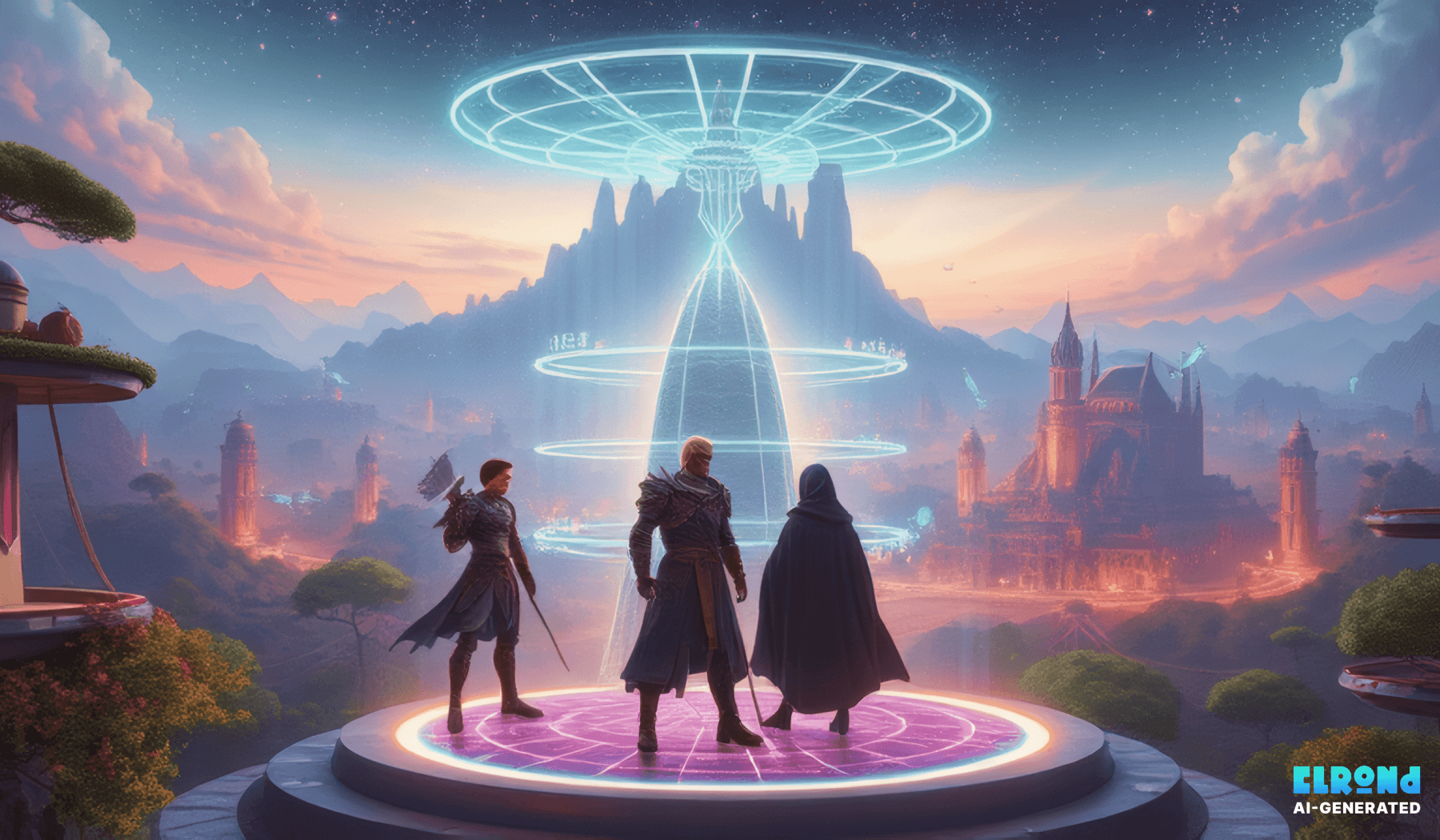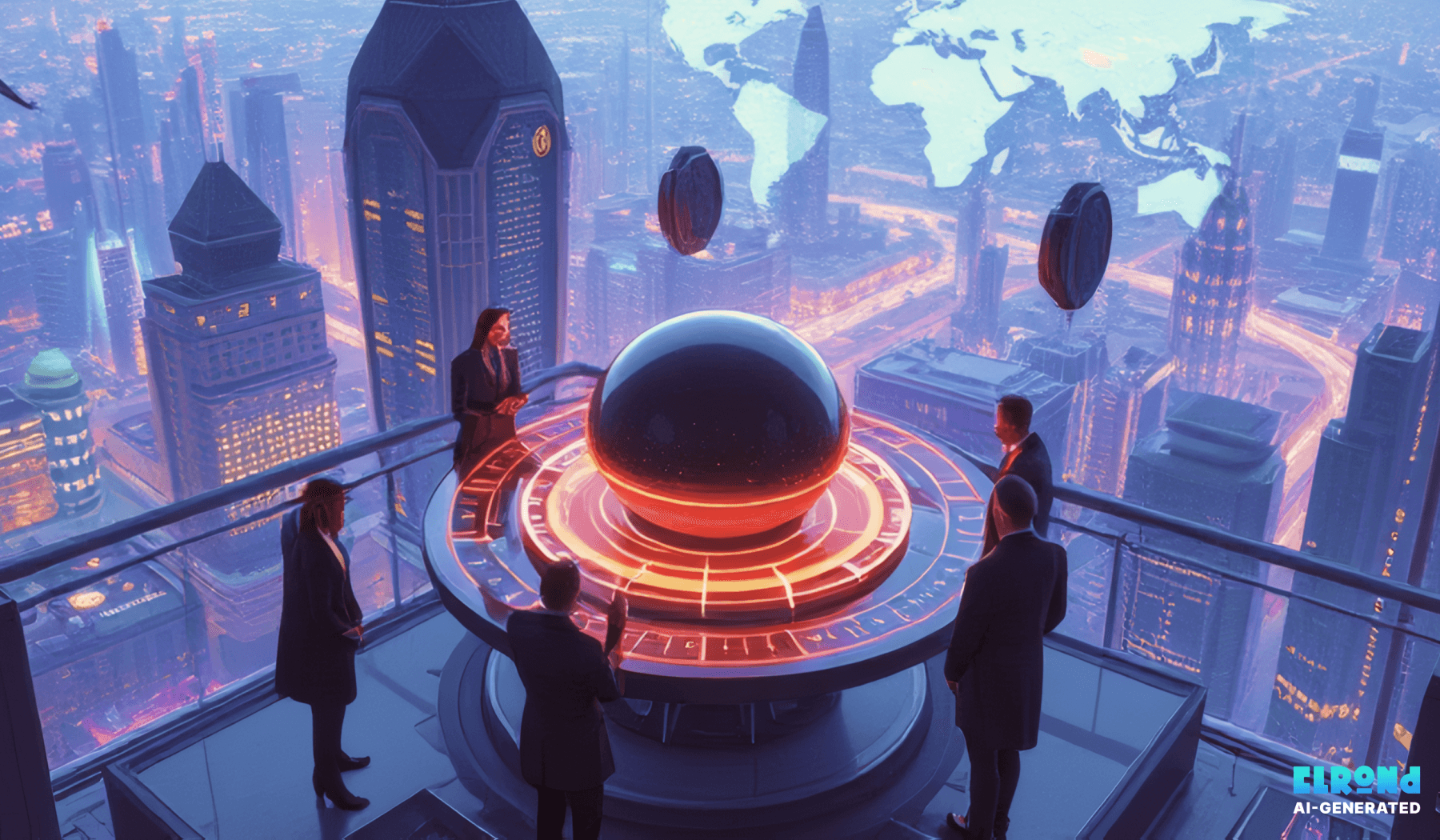LitRPG merges gaming and storytelling, offering an exciting new frontier in fantasy fiction where players shape the narrative.
LitRPG, or "Literature Role-Playing Game," is a genre that blends the immersive worlds of video games with the narrative depth of traditional storytelling. Characters in LitRPG novels are often players within a game world, and the story unfolds through both in-game events and the interactions between players and their environments. This hybrid genre has become a fresh and engaging take on fantasy fiction, offering readers a new way to experience adventure.
The Rise of LitRPG
LitRPG's popularity has soared in recent years, driven by the growing interest in gaming and online virtual worlds. The genre's roots lie in the early days of gaming culture, where fantasy and escapism were at the heart of many games. However, the genre truly began to take shape when authors started incorporating game mechanics—such as level-ups, quests, and stats—into their narratives, creating a unique form of storytelling.
Example: In Ready Player One by Ernest Cline, the virtual world of the OASIS becomes a central character in itself, showing how gaming and fantasy can intertwine to form a compelling narrative.
The Appeal of Gaming Mechanics in Storytelling
One of the defining features of LitRPG is the incorporation of gaming elements into the story. Readers are not only following characters through a fictional world but also witnessing the progression of those characters as they level up, gain new skills, and face challenges in ways similar to video games. These game mechanics create a sense of interactivity, as readers can track the growth and development of characters just as players track their in-game progress.
Example: In The Slime Dungeon series by Jeffrey Falcon Logue, the protagonist’s progress is measured through a detailed system of stats, skills, and quests, making the world feel like a real RPG experience.
Virtual Worlds and Character Development
Unlike traditional fantasy, where heroes may embark on epic quests across vast lands, LitRPG often takes place within a virtual, often closed-off, world. These digital environments allow for a focus on personal growth and transformation, both within the game world and in the characters' real lives. LitRPG protagonists often confront the challenge of adapting to a world where the rules are constantly shifting, and their survival depends on their ability to evolve.
Example: Sword Art Online by Reki Kawahara presents characters trapped in a virtual game, where their ability to survive depends on understanding the mechanics of the game itself.
The Intersection of Fantasy and Reality
One of the unique aspects of LitRPG is its ability to blend the virtual with the real. The lines between the game world and the characters' real lives often blur, creating an intriguing narrative where the choices made in the virtual world can affect the real one. This blending of realities allows for deeper exploration of identity, technology, and the human condition.
Example: In AlterWorld by D. Rus, the protagonist becomes trapped in a virtual world, where the consequences of his in-game actions carry over into his physical life, raising questions about the nature of existence and reality.
The Future of LitRPG
The future of LitRPG holds immense potential as both the gaming industry and storytelling techniques continue to evolve. With advancements in virtual reality, artificial intelligence, and interactive media, the boundaries of LitRPG could expand beyond written narratives into more immersive experiences. Authors may begin to incorporate augmented reality or virtual elements into their works, blurring the line between fiction and reality even further.
As more people are drawn into gaming and virtual environments, LitRPG's unique blend of fantasy, gaming, and character-driven narrative will likely continue to evolve, offering new ways for readers to experience immersive worlds.


